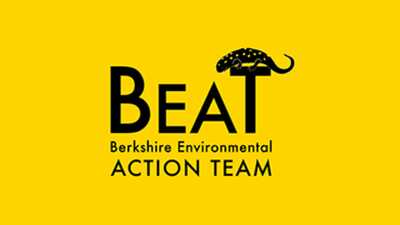Berkshire Green Drinks: 'Snakes Are More Interesting Than You Can Imagine'
WILLIAMSTOWN, Mass. — Tom Tyning, an expert on amphibians and reptiles and an authority on New England's natural history, will present at the September Berkshire Green Drinks event on Monday, Oct. 16, in person and online via Zoom.
The in-person gathering begins at 5:00 PM at The Barn at Williams Inn, 103 Spring St, Williamstown. The presentation and Zoom meeting start at 6:00 PM. If the weather permits, the in-person gathering will take place outdoors.
According to a press release:
The life histories, annual behaviors, and evolutionary story of snakes are incredible, fascinating, and remarkable. Tom will focus on our Berkshire/New England snake species, highlighting their diversity, survival complexity, conservation status, and overall natural history. Coupled with that, the remarkable reality of just how little is known about even common species will be covered.
Here are some things to think about: How did little animals like Ringneck snakes make their way into New England after the last glaciation? How many of our local snakes are at the edge of their geographic distribution on Earth? Why are some more common in the Berkshires than in other parts of New England? Bring more questions and your curiosity!
Tom Tyning has been a Professor of Environmental Science at Berkshire Community College since 1999. Previously, he was a Field Biologist and Master Naturalist for the Massachusetts Audubon Society for 24 years. Tom also served for 15 years as an Adjunct Professor in the Environmental Studies Program at Antioch New England Graduate School, as well as Springfield College and MCLA. For 25 years, he wrote a weekly Nature column for the Springfield (MA) Union-News. As an authority on New England’s natural history, Tom’s main research interests are amphibians and reptiles. His book, A Guide To Amphibians and Reptiles, is published by Little, Brown and Co. As a member of several professional natural history societies, he served for fifteen years as Managing Editor of the scientific journal Herpetological Review.
Berkshire Green Drinks (formerly Pittsfield Green Drinks) is an informal gathering that takes place once a month. A guest speaker talks for about 30 minutes beginning at 6 p.m., and the presentation is followed by a discussion and Q&A. These nights are free and open to everyone with any environmental interest.
Berkshire Green Drinks is sponsored and organized by the Berkshire Environmental Action Team (BEAT).
Tags: BEAT,

